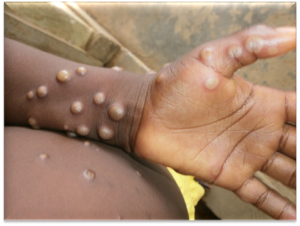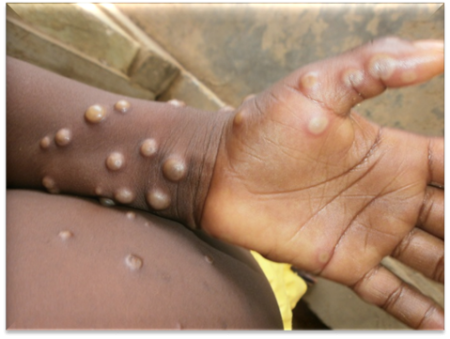Urinary incontinence (UI), the involuntary loss of urine, is a widespread condition affecting women across the globe. Despite its prevalence, UI remains a topic shrouded in silence, preventing many sufferers from seeking help and impacting their lives significantly. Understanding the different types of UI, their underlying causes, and the available treatment options is crucial for breaking this silence and empowering women to reclaim their well-being.
Primarily, UI manifests in three forms: stress incontinence, urge incontinence, and mixed incontinence. Stress incontinence, the most common type among women, arises from weakened pelvic floor muscles, resulting in leakage during activities that exert pressure on the bladder, such as coughing, sneezing, or exercising. Factors like pregnancy, childbirth, obesity, and aging contribute to this weakening. Urge incontinence, on the other hand, is characterized by a sudden, compelling need to urinate caused by involuntary bladder muscle contractions, often linked to conditions like urinary tract infections or neurological disorders. Mixed incontinence combines features of both stress and urge incontinence, presenting a more complex challenge.
The causes of UI are multifaceted and often interconnected. Hormonal fluctuations, especially during menopause, contribute to pelvic floor muscle weakness. Childbirth, particularly vaginal delivery, can damage pelvic structures, increasing the risk of incontinence. Obesity adds to the burden by increasing abdominal pressure on the bladder. Furthermore, certain medications, underlying health conditions like diabetes, and lifestyle factors such as caffeine intake can exacerbate UI symptoms.
Diagnosis and treatment of UI necessitate a comprehensive approach. A thorough medical history, physical examination, and bladder diaries, sometimes supplemented by urodynamic studies to assess bladder function, are essential for an accurate diagnosis. Treatment plans are tailored to the specific type and severity of incontinence. Pelvic floor exercises are often the first line of defense for stress incontinence, strengthening the supporting muscles. Behavioral therapies, including bladder training, can effectively manage urge incontinence by teaching patients to control their bladder and resist the urge to urinate frequently.
Advances in medical technology have introduced innovative treatment options like vaginal laser therapy for stress urinary incontinence (SUI). This minimally invasive procedure, performed through the vagina, promotes quick recovery without the need for analgesics or antibiotics. Typically, a series of 2-3 sessions at monthly intervals are initially recommended, with potential for repeat sessions depending on individual needs. Vaginal laser therapy offers a less invasive alternative to traditional surgical interventions, potentially reducing recovery time and discomfort.
In certain cases, medications or minimally invasive procedures, such as injections or surgeries, may be necessary for managing UI. These interventions are typically considered when conservative treatments prove insufficient. For instance, injections of bulking agents around the urethra can help close the bladder opening and reduce leakage in stress incontinence. Surgical options range from sling procedures, which support the urethra, to artificial urinary sphincters, which provide more control over urine flow. The choice of intervention depends on the individual’s specific condition and preferences, discussed thoroughly with their healthcare provider.
It is crucial to understand that UI is not an inevitable consequence of aging, and women should not suffer in silence. Seeking professional help is essential for accurate diagnosis and personalized treatment plans. Open communication with a healthcare provider can empower women to overcome the stigma associated with UI and explore the range of available solutions.
UI can significantly impact a woman’s quality of life, affecting her physical comfort, emotional well-being, and social interactions. The fear of leakage can lead to social withdrawal, decreased physical activity, and even depression. Addressing UI promptly and seeking professional help is paramount for restoring confidence, improving quality of life, and reclaiming control. With appropriate support and treatment, women can effectively manage or even resolve their incontinence, allowing them to live full and active lives.
The journey towards managing UI begins with recognizing the condition and seeking help. Discussing symptoms with a healthcare provider is the first step towards diagnosis and developing a personalized treatment plan. Treatment options, ranging from lifestyle changes and pelvic floor exercises to advanced medical procedures, can significantly improve symptoms and quality of life. It is important to remember that UI is a treatable condition, and seeking help is a sign of strength, not weakness.
By fostering open conversations about UI, we can create a more supportive environment for women experiencing this common condition. Increased awareness and understanding can empower women to seek help without hesitation, break down the stigma surrounding UI, and ultimately improve the lives of millions affected by this often-hidden problem. Early diagnosis and appropriate intervention can dramatically reduce the impact of UI, enabling women to regain control and live their lives to the fullest.
Addressing UI goes beyond individual well-being; it’s about promoting women’s health and empowering them to prioritize their needs. By acknowledging the prevalence of UI and encouraging open dialogue, we can create a society that supports women in seeking help and managing this condition effectively. This shift in perspective can lead to improved quality of life for countless women and foster a deeper understanding of the complexities of women’s health.
The impact of UI extends beyond physical discomfort, affecting emotional well-being and social interactions. The fear of leakage can lead to social isolation, decreased physical activity, and a decline in overall quality of life. By seeking professional help, women can address the underlying causes of UI and regain control, improving their physical and emotional well-being. Open communication with healthcare providers is crucial for discussing concerns, exploring treatment options, and navigating the challenges of living with UI.














